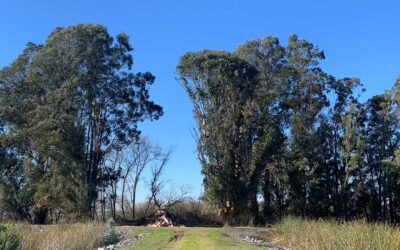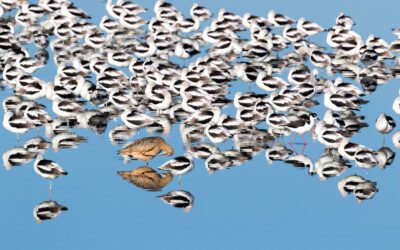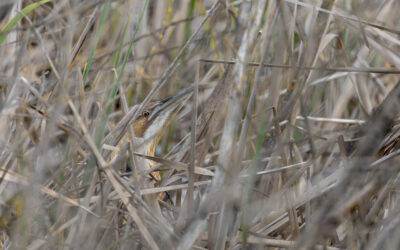From Peter Colasanti
In October the migration of long distance landbirds is largely past, though some possibilities for finding vagrants remain, even in the Petaluma Wetlands. What’s more noticeable is the arrival of some of our wintering birds, even as we enjoy the glories of Indian Summer.
Expect a fairly sudden increase in waterfowl on the central pond at Shollenberger Park with the onset of hunting season in mid-October as birds seek safe refuge. They’re molting into showier plumage now and it becomes easier to tell who’s who. Hawks are still on the move southward. Though it’s a bit early yet for our better winter buteos, like Ferruginous and Rough-leg, pay attention: it’s not just about Red-tails anymore. And yes, that may have been a Merlin streaking by. Don’t hope to see one pause until later in winter.
As always, scan the border of cattails and tules for Sora, Virginia and even Ridgeway’s Rails working the edge. Blacks are seen only in dreams and at tidal events. Similarly, where the pickleweed meets the mud along the south side of the south dike at Shollenberger has been good for Pacific-Golden Plover. Watch for them there until conditions become more generally moist after the rains return, when they could be most anywhere, especially in polders closer to the Bay. Lesser Yellowlegs is still a possibility, though increasingly unlikely. We had our solo record of Sharp-tailed Sandpiper in October, so take a second look at any Pectorals you’re lucky enough to find.
It’s still not too late to learn something about gulls; the possibilities become dizzying later in winter. It’s still mostly Western, California and Ring-billed, with Herring and Glaucous-winged just starting to arrive. Say’s Phoebe arrives from the east, Ruby-crowned Kinglets come down from the north, but most of the neotropical passerines are gone. One exception is our resident race of San Francisco Common Yellowthroat. In October they’re often found feeding in anise in Shollenberger uplands. Yellow-rumped Warblers come down from high elevations to winter in the Wetlands, as do such sparrows as Lincoln’s, Golden-crowned and Fox. Watch for the last species along the Ellis Creek riparian corridor, there were at least 10 of them there last October.





0 Comments